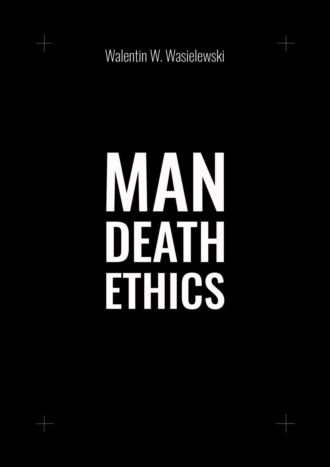Man Death Ethics

Полная версия
Man Death Ethics
Жанр: учебная и научная литератураполитологияпрочая образовательная литературакниги по философиизнания и навыкифилософия и логика
Язык: Английский
Год издания: 2022
Добавлена:
Настройки чтения
Размер шрифта
Высота строк
Поля
Конец ознакомительного фрагмента
Купить и скачать всю книгу
